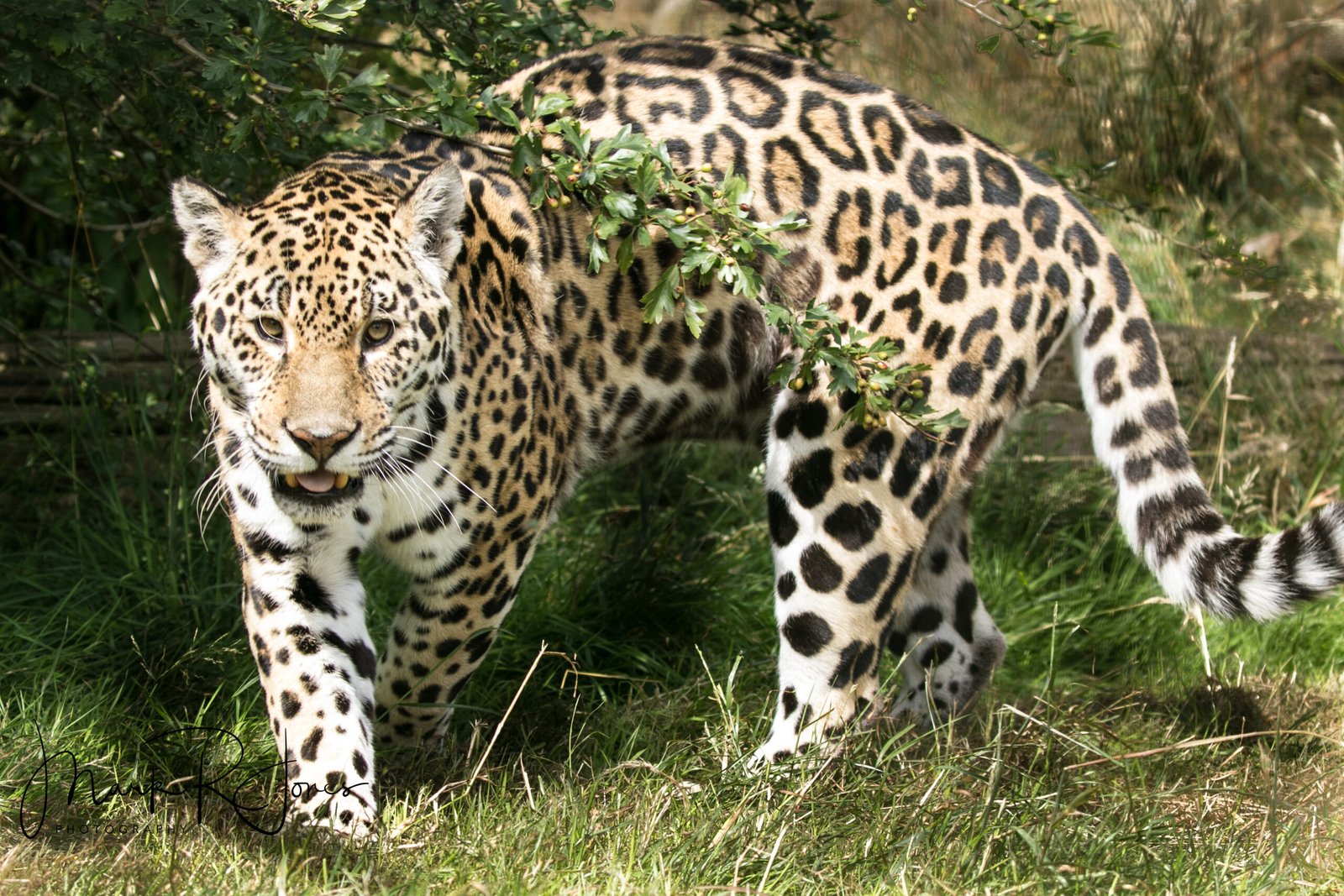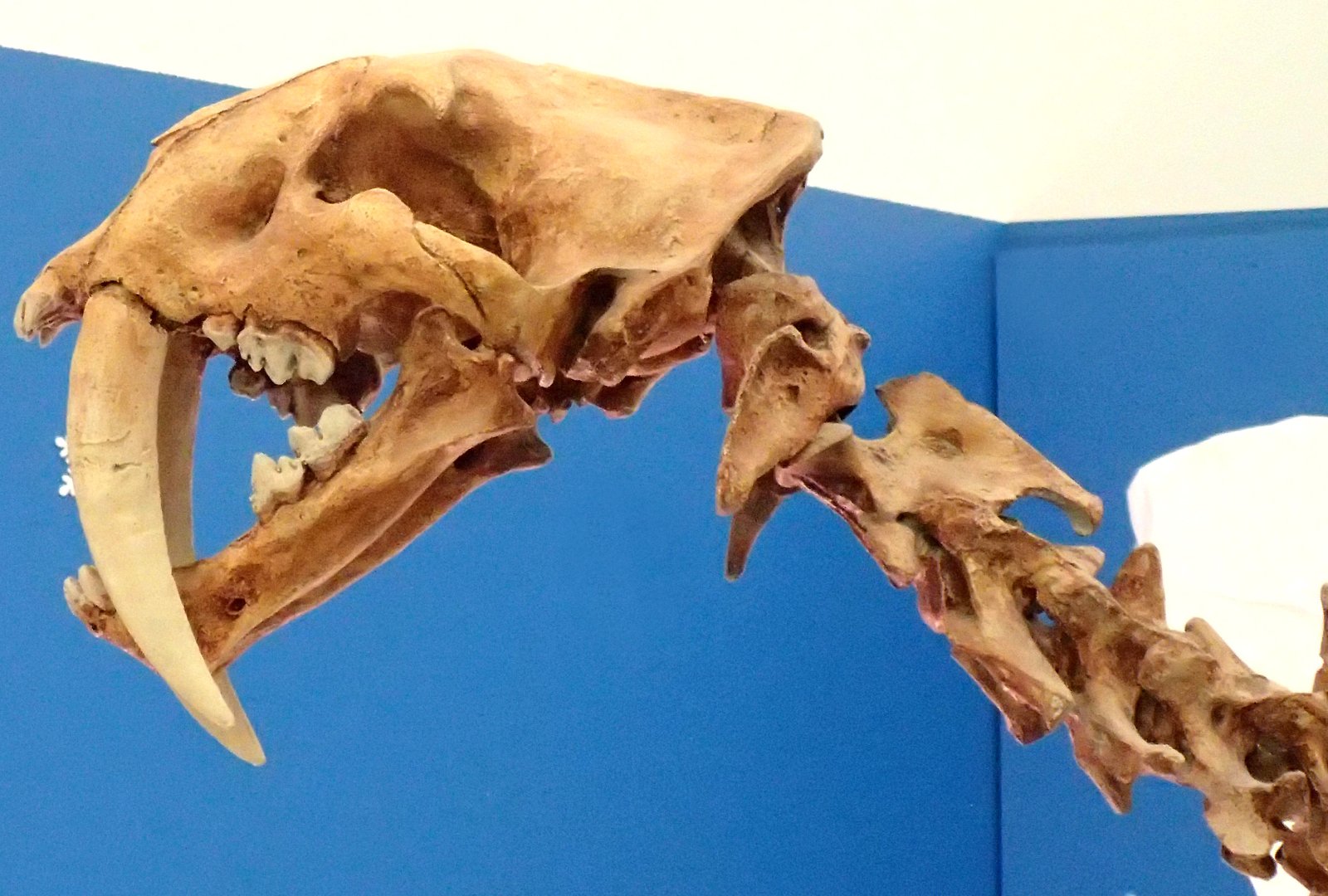Imagine a world where a single bite could snap through bone as easily as a breadstick. That’s what life is like for some of the planet’s most powerful cats—big, bold, and downright jaw-dropping. From ancient saber-toothed hunters to today’s jungle kings, these feline titans have jaws and teeth that could give even the bravest animals pause. Ready for a wild ride? Let’s meet the seven giants whose bite is as legendary as their roar—plus a gallery of fascinating feline facts and jaw-dropping moments you won’t want to miss!
The Siberian Tiger: A Living Powerhouse of Bite Force

The Siberian tiger is the heavyweight champion of the cat world. Its canine teeth can grow up to four inches long—imagine fangs as big as your fingers! This tiger’s bite force is so strong that it can crush the thick leg bones of a deer or even bite through the skull of its prey. Living in the icy forests of Russia, it needs every ounce of power to survive. These tigers are solitary, using their formidable jaws to take down animals much bigger than themselves, like bears and wild boar. Their sheer size and stealth make them a real-life superhero among cats. If you’re ever in Siberia, you’d be wise to keep your distance—one chomp from this beast, and it’s all over.
Lion: The Bone-Breaking “King” of the Savannah

Lions aren’t just famous for their majestic manes—they’re also notorious bone crushers. With canine teeth as thick as a cigar and a bite force powerful enough to snap a zebra’s spine, lions are true royalty in the art of chomping. Their strong jaws let them devour almost every part of their prey, munching on bones to get to the nutritious marrow inside. Lions often hunt in prides, and after a successful kill, you’ll see them crunching bones together like a family sharing a bucket of popcorn. No wonder they rule the savannah with iron teeth and an iron will!
Jaguar: The Skull-Piercing Master of the Amazon

Jaguars pack the most powerful bite of any big cat, pound for pound. Their stubby, muscular jaws act like a living nutcracker—strong enough to pierce turtle shells and crush the thick skulls of caimans, deer, and even peccaries. Unlike other cats, jaguars often kill with a single, bone-shattering bite right between the ears. This ambush predator is the Amazon’s silent assassin, slipping through the shadows and striking with shocking precision. Next time you crack a walnut, imagine the jaguar doing the same—with the head of a 200-pound animal!
Leopard: The Stealthy Bone-Cruncher of the Trees

Leopards are smaller than tigers and lions, but don’t let their size fool you—they have steel-trap jaws and sharp, slicing teeth. What’s really wild is their technique: leopards often drag their kills up into trees, away from scavengers, and then settle in for some serious bone-crunching. Their canines are perfect for puncturing thick hides, and their molars are razor-edged to shear through flesh and bone. If you hear a snap in the treetops, it’s probably a leopard turning dinner into dust. They’re the ultimate high-rise predators!
Snow Leopard: The High-Altitude Skull Snapper

Snow leopards might look like fluffy mountain spirits, but don’t let their beauty distract you—they can chomp through bones like crackers. Living in the rocky peaks of Central Asia, they use their long canine teeth to sink deep into the necks of mountain goats and sheep, often breaking bones in a single bite. Their jaws are built to handle cold, tough prey, and their hunting style is all about stealth and surprise. When a snow leopard pounces, its bite means business—leaving only silence and snowy paw prints behind.
Mountain Lion: North America’s Secret Bone Biter

Mountain lions—also called cougars or pumas—are sleek, powerful, and surprisingly strong for their size. Their bite can shatter the bones of deer, elk, and even wild hogs. With their long canine teeth and strong jaw muscles, they take down prey with a quick, bone-piercing bite to the neck or skull. Despite being solitary and quiet, mountain lions are relentless hunters, often dragging their prey into hiding spots for a private feast. If you’re hiking in cougar country, remember: you’re in the domain of a silent, bone-crunching hunter.
Smilodon: The Saber-Toothed Supercat of Prehistoric Times

The legendary Smilodon, or saber-toothed cat, is the ultimate bone-piercer—even if it roamed the Earth thousands of years ago. Its upper canine teeth could reach a mind-blowing 11 inches long, curving like deadly ivory daggers. Scientists believe Smilodon used its giant teeth to slice through the thick hides and bones of mammoths and giant sloths, delivering a killing blow in one powerful bite. Just picture a modern lion, but with fangs straight out of a monster movie. No wonder it’s the star of so many ancient legends!
Teeth Built for Battle: The Secret Weapons of Big Cats

Big cats don’t just have sharp teeth—they have a whole arsenal designed for different jobs. Their front canines are long and pointed for piercing, while their back teeth, called carnassials, act like scissors for slicing meat and crunching bone. This combination is like having a Swiss Army knife in your mouth! The thickness and curve of their teeth help prevent breakage, even when chomping down on tough bones. It’s a design that’s been perfected over millions of years of evolution, turning every meal into a masterclass in dental engineering.
Bite Force: How Hard Can These Cats Really Chomp?

Ever wondered just how much power these cats can pack into a single bite? Some, like the jaguar, can exert over 1,500 pounds of pressure per square inch—enough to crack a coconut or even a bowling ball! Tigers and lions aren’t far behind, with bites strong enough to splinter thick leg bones. These incredible bite forces let big cats tackle prey that would be impossible for most other animals. It’s like having a hydraulic press for a mouth—a seriously scary superpower!
Prey on the Menu: Which Bones Get Crushed?

When dinner’s served in the wild, big cats don’t turn up their noses at tough bones. In fact, they go for the good stuff—marrow-rich long bones, thick skulls, and even tough turtle shells. Jaguars love cracking open turtle and armadillo shells, while lions will chomp through zebra and buffalo bones to reach the tasty marrow. It’s nature’s way of recycling, with every part of the prey put to good use. For these cats, crushing bones isn’t just a party trick—it’s survival.
Hunting Tactics: The Art of the Bone-Breaking Bite

Big cats have some seriously dramatic hunting moves. Instead of just slashing, they use their powerful jaws to clamp down on the neck or skull, crushing bones and cutting off vital blood flow in seconds. Jaguars are famous for their stunning “skull bite,” while leopards and mountain lions prefer a quick neck snap. This bone-breaking technique means less struggle, more food, and fewer injuries for the cat. It’s a tough world, and these felines have mastered the art of efficiency.
Jaw Muscles: The Secret Behind the Bite

What’s the secret to a bite that can break bones? It’s all about the jaw muscles. Big cats have massive, super-strong muscles running from the tops of their heads down to their jaws. These muscles contract in a flash, driving those sharp teeth right through flesh and bone. You can even see the bulging muscles ripple when a tiger or lion yawns! It’s like having a bodybuilder’s biceps, but right on your face.
The Role of Teeth in Big Cat Social Life

Teeth aren’t just for eating—they’re for showing off! In the wild, a toothy snarl can warn rivals to back off or signal “hands off my dinner” to siblings in the pride. Cubs even practice their chomping skills in play, preparing for the day they’ll crush bones for real. And during mating season, those powerful jaws might be used in gentle “love bites” as part of courtship. For big cats, teeth are a language all their own.
Bone-Crushing Babies: How Cubs Learn to Chomp

Big cat cubs might start out cute and toothless, but they grow into bone-crushers quickly. By the time they’re a few months old, their baby teeth fall out and adult canines grow in—some as long as your pinky finger! Cubs play-bite everything in sight, from siblings to sticks, learning how to deliver the perfect bite. Moms sometimes bring back bones for practice, turning playtime into a lesson in survival.
Dental Dilemmas: When Big Cat Teeth Break Down

Even the toughest teeth can have problems. Big cats sometimes break their canines while hunting, especially if they bite into something too hard or at the wrong angle. Dental injuries can mean trouble—a broken tooth might get infected, making it hard to eat. In zoos and sanctuaries, vets sometimes perform root canals or even fit big cats with metal crowns. Imagine a lion with a gold tooth—now that’s some serious bling!
Ancient Giants: The Megacats of Prehistory

Long before modern tigers and lions, giant cats with even bigger teeth roamed the earth. The American lion and the cave lion were both bigger than today’s lions, with jaws strong enough to shatter the bones of mammoths and bison. These prehistoric predators were the ultimate bone-busters, ruling their Ice Age kingdoms with jaws of steel. Sometimes, paleontologists even find fossilized bones with tooth marks still visible—a signature from a long-lost giant.
Myths and Legends: Folklore of the Bone-Biting Beasts

Throughout history, big cats have inspired awe—and a little bit of fear. Ancient people told tales of lions that could break a man’s bones in one bite or tigers that hunted ghosts in the forest. Some African tribes believed leopards were the spirits of warriors, sent to punish wrongdoers. Even today, stories about “man-eaters” remind us just how powerful these cats can be. When you look at those teeth, it’s easy to see why!
Big Cat Teeth vs. Shark Teeth: Who Wins?

Ever wondered how big cat teeth stack up against the ocean’s most famous chompers? Shark teeth are all about slicing, with rows of razor-sharp triangles designed to shred. Big cat teeth, on the other hand, are built for puncturing and crushing, with thick roots and curved tips. While sharks can lose thousands of teeth in a lifetime, big cats rely on just one set of super-strong canines. It’s a battle of land versus sea—who gets your vote for the ultimate bite?
How Big Are Those Fangs, Really?

Let’s talk measurements. A tiger’s canine can be longer than a house key, while the saber-toothed Smilodon’s tooth could outsize your smartphone! Lion canines are stocky and thick, built for power instead of length. Jaguars have shorter, thicker teeth—perfect for piercing skulls. Some leopards’ teeth are so sharp, they’ve been compared to steak knives. If you ever find a lost big cat tooth, you might mistake it for a prehistoric spear tip!
Cracking the Code: Why Do Big Cats Crush Bones?

So why all the bone-breaking drama? For big cats, crushing bones is about more than showing off—it’s a way to get every last bit of nutrition. Bone marrow is rich in fat and energy, a critical resource for survival in the wild. By chomping through bones, these cats waste nothing and stay strong, even when food is scarce. It’s nature’s ultimate recycling program, straight from the jaws of the world’s top predators.
Conservation: Protecting the Big Bone-Biters

Sadly, the world’s most powerful cats are also some of its most endangered. Tigers, leopards, and snow leopards all face threats from habitat loss and poaching. Conservationists are working to protect these icons, fighting to keep their bone-crushing roars alive. Supporting wildlife reserves, reducing conflict with humans, and protecting prey species are all part of the solution. Every time you learn about these cats, you’re helping keep their legend alive.
Big Cat Teeth in Pop Culture

From saber-toothed cats in cartoons to roaring lions on movie screens, big cat teeth are everywhere in pop culture. Who hasn’t seen the famous MGM lion’s snarl or the fearsome fangs in The Lion King? These toothy grins have become symbols of strength, mystery, and wild beauty. Even sports teams and car brands borrow big cat imagery, hoping to capture some of that fierce power. Next time you see a logo with a roaring cat, remember—it all started with a bone-breaking bite.
Friendly Giants? The Surprising Side of Bone-Biting Cats

Despite their fearsome jaws, many big cats are surprisingly gentle with their families. A lioness might use her jaws to carry a cub as softly as a kitten, and tigers are known for their tender grooming. It’s a reminder that even the scariest teeth can be used for love, not just hunting. In sanctuaries and zoos, keepers often form strong bonds with these big-hearted giants—just don’t ask for a dental checkup!
Would You Dare to Meet a Bone-Crushing Cat?

Now that you’ve met the world’s ultimate bone-piercing felines, which one would you want to see up close? Would you stand in awe of the Siberian tiger’s fangs, or marvel at the ancient Smilodon’s saber teeth? Just remember—behind every toothy grin is a story millions of years in the making. So, which of these cats would you love to meet?

Growing up traveling and experiencing new cultures and wonders, I have had a passion for nature, adventuring, photography, and videography. I am currently working towards a BSc in Biodiversity and Ecology at Stellenbosch University, and I hope to specialise in Marine Sciences one day.
Please send any feedback to Feedback@animalsaroundtheglobe.com





